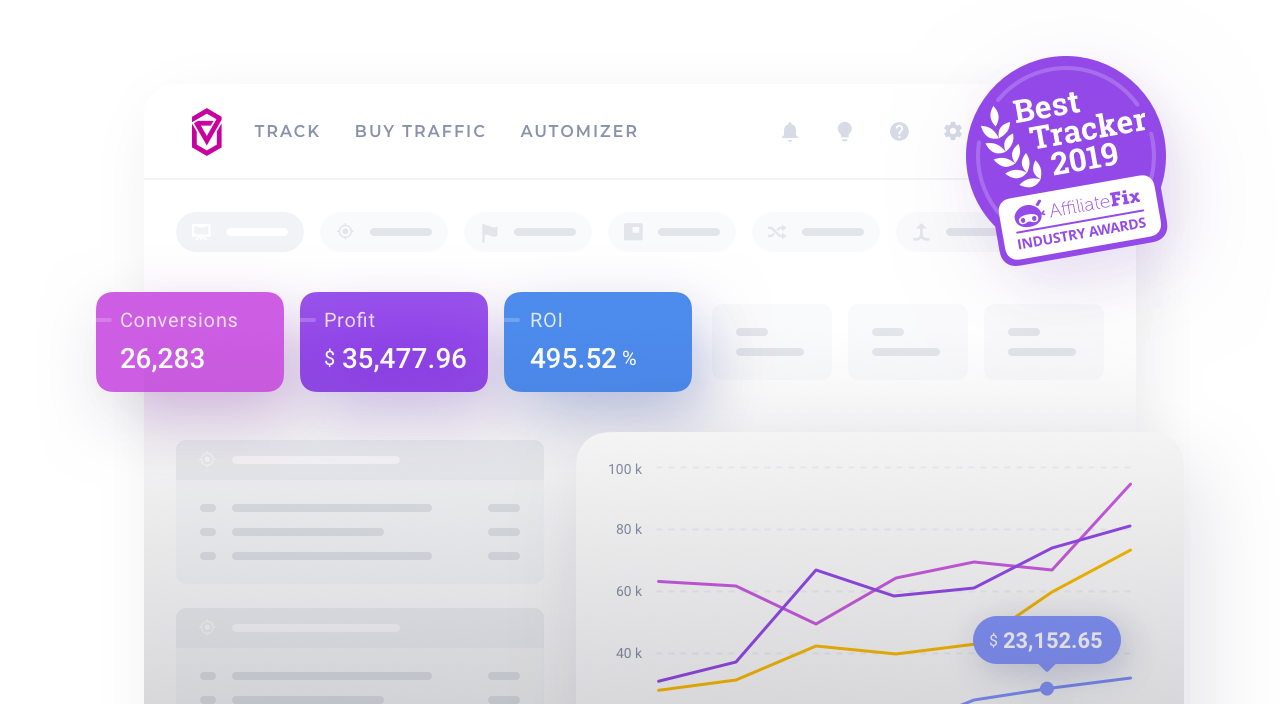Google Tag Manager
What is Google Tag Manager?
Google Tag Manager (GMT) has completely changed the way tracking scripts are managed. It gives regular people in the marketing department the power to handle them. You no longer need developers to be involved in strictly marketing affairs: Do you want to update a tracking script on your page? You can do it on your own. Do you want to add a new script? No need to call your page admin; everything can be done in Google's simplistic interface.
Google Tag Manager is the leading tag management system. It uses two JavaScript code blocks that you should implement in the <head> and <body> sections of your web page that you want to track and analyze. Once you have done that, you can submit various tracking scripts in the Google Tag Manager's dashboard, and Google's magic scripts will take care of the rest. You can add new scripts or modify already existing ones, and they will be fired by the Google Tag Manager's scripts.
Page Builders
At this point, you know that GTM is integrated with data tracking and analytics platforms. But what about the other end of the equation: those GTM scripts have to be put somewhere. Well, apart from manually editing your web pages HTML (by you or a web developer), various page builders offer an easy solution to inject pages that you build with a tracking code. And yes, also with GTM scripts. Sometimes the support is native, and sometimes you need to install additional plugins. Either way, they offer a much better solution than a manual edit. Refer to your page builder platform documentation to learn, where and how to add tracking scripts.
Back to top
Using Google Tag Manager with Voluum
You can use Google Tag Manager to manage Voluum's conversion tracking pixel, conversion tracking script and direct tracking script (lander or offer tracking script). Setting it up is as easy as implementing Voluum's scripts without GTM, or even easier if you already have GTM scripts implemented on your web page.
- GTM setup for Direct Tracking Script
- GTM setup for Conversion Tracking Pixel
- GTM setup for Conversion Tracking Script
Use Cases
There are several scenarios in which using Google Tag Manager to handle Voluum's scripts would be recommended. Below you can find some exemplary ones, but bear in mind that this list does not exhaust all possibilities:
- Solution:
Use Case 1: Using Google Tag Manager to Manage Conversion Tracking Pixel
I track conversions with the conversion tracking pixel. I have never used Google Tag Manager, and I am wondering what it can do for me.
Let's assume that you use a conversion tracking pixel as a method to report conversions back to Voluum on your proprietary "Thank You Page". In this simple scenario, involving the GTM, it might be beneficial if you plan or assume that some of the parameters in the conversion tracking pixel might be modified. For example, if you use the static value as a payout value, you might use the GTM to handle your conversion tracking pixel, so if you ever want to change that value, you would be able to do so without editing your web page's HTML. Add the Voluum conversion tracking pixel URL as a custom image tag in Google Tag Manager and have the option to edit pixel settings without hassle.
- Solution:
Use Case 2: I already have GTM scripts on my landing page and I want to use the direct method of tracking.
If you already have GTM scripts implemented on your landing page, you can add Voluum's direct tracking script as a custom HTML tag. This will allow you to use the direct method of tracking visits without the need to edit your landing page's HTML, which is the biggest deterrent for many users.
- Solution:
Use Case 3: Managing Several Conversion Tracking Scripts
I use Facebook Pixel to report conversions back to the platform, but I also want to have information about conversions available in Voluum.
Employing GTM to manage your tracking script on your "Thank You Page" means that you can fire several independent conversion tracking scripts simultaneously. Once you inject your web page with GTM scripts, add both Facebook Pixel and conversion tracking pixel as tags in GTM and have the conversion information in all places you want.
Back to top


